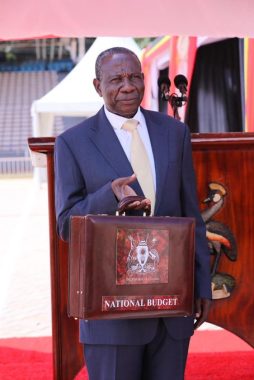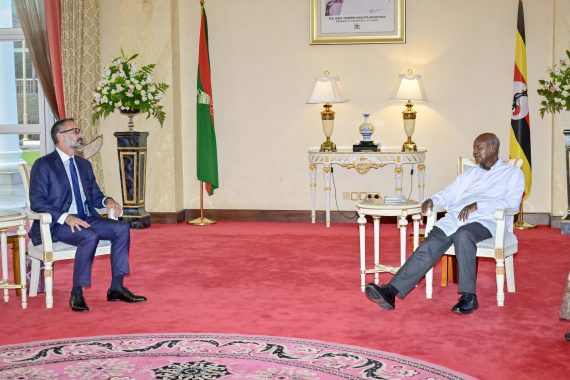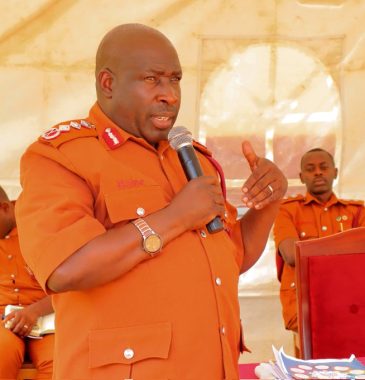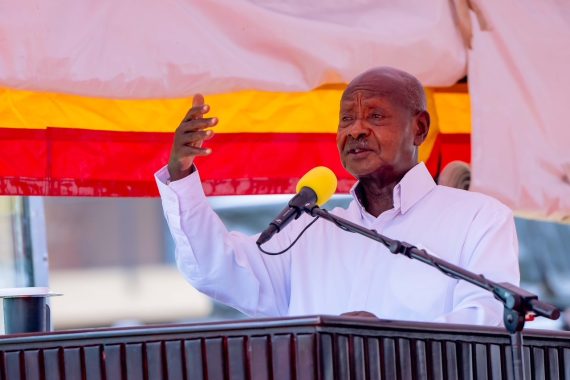Finance Minister Matia Kasaija will today present the UGX 72.4 trillion National Budget for the Financial Year 2025/26 at Kololo Independence Grounds, acting on behalf of President Yoweri Kaguta Museveni, in accordance with Article 155(1) of the Constitution. Although the Constitution requires the President to lay the budget before Parliament, it allows him to delegate the task.
Themed “Full Monetisation of Uganda’s Economy through Commercial Agriculture, Industrialisation, Expanding and Broadening Services, Digital Transformation and Market Access,” this year’s budget marks the beginning of Uganda’s Fourth National Development Plan (NDP IV) and launches the first phase of Vision 2040, which aims to transform Uganda into a USD 500 billion economy.
President Museveni has already arrived alongside the First Lady Janet Museveni attend and address.
Meanwhile, opposition leaders, including the Leader of the Opposition Joel Ssenyonyi, have announced a boycott of the national budget presentation. They accuse the government of ignoring their concerns and excluding them from meaningful budget discussions. The opposition has instead unveiled an alternative budget amounting to UGX 44 trillion, focusing on social services, anti-corruption, and equitable development.
Minister Kasaija will today unveil budget allocations that focus heavily on economic monetisation, job creation, and digital transformation. Key areas include increased investment in commercial agriculture, agro-industrialisation, digital infrastructure, and expanded service delivery in health, education, and tourism.
The total budget resource envelope stands at UGX 72.4 trillion, with 52 percent expected to be raised through domestic revenue, and 48 percent through borrowing. Uganda’s current public debt stands at UGX 107 trillion, or USD 29.1 billion, raising fresh concerns about fiscal sustainability.
A projected GDP growth rate of 7.0 percent, up from 6.3 percent last financial year, is expected to lift Uganda’s per capita income to USD 1,324. According to Ministry of Finance officials, this growth will be driven by strong performance in agriculture, industry, and services, supported by digital and market reforms.
However, the budget also comes with tough trade-offs. Climate funding has been slashed from UGX 744.8 billion to UGX 364.9 billion, prompting criticism from environmental advocates. Infrastructure and manufacturing sectors received mixed allocations, while some local governments face real-term funding cuts despite stable nominal figures.
UGX 11.4 trillion will go to human capital development, particularly education, health, and social protection. The government also plans to increase support for private sector exporters and farmer-led value chains through new trade partnerships and market access strategies.
Today’s ceremony at Kololo marks a critical political and economic moment, not just because of its bold agenda but also due to the widening gap between the ruling party and the opposition on fiscal priorities. While the government touts this budget as a transformative roadmap to prosperity, critics argue it prioritizes grand targets over grassroots realities.
All eyes now turn to Kololo as Minister Kasaija will today deliver what could be the most ambitious budget in Uganda’s history, with high hopes and even higher stakes for the road ahead.












